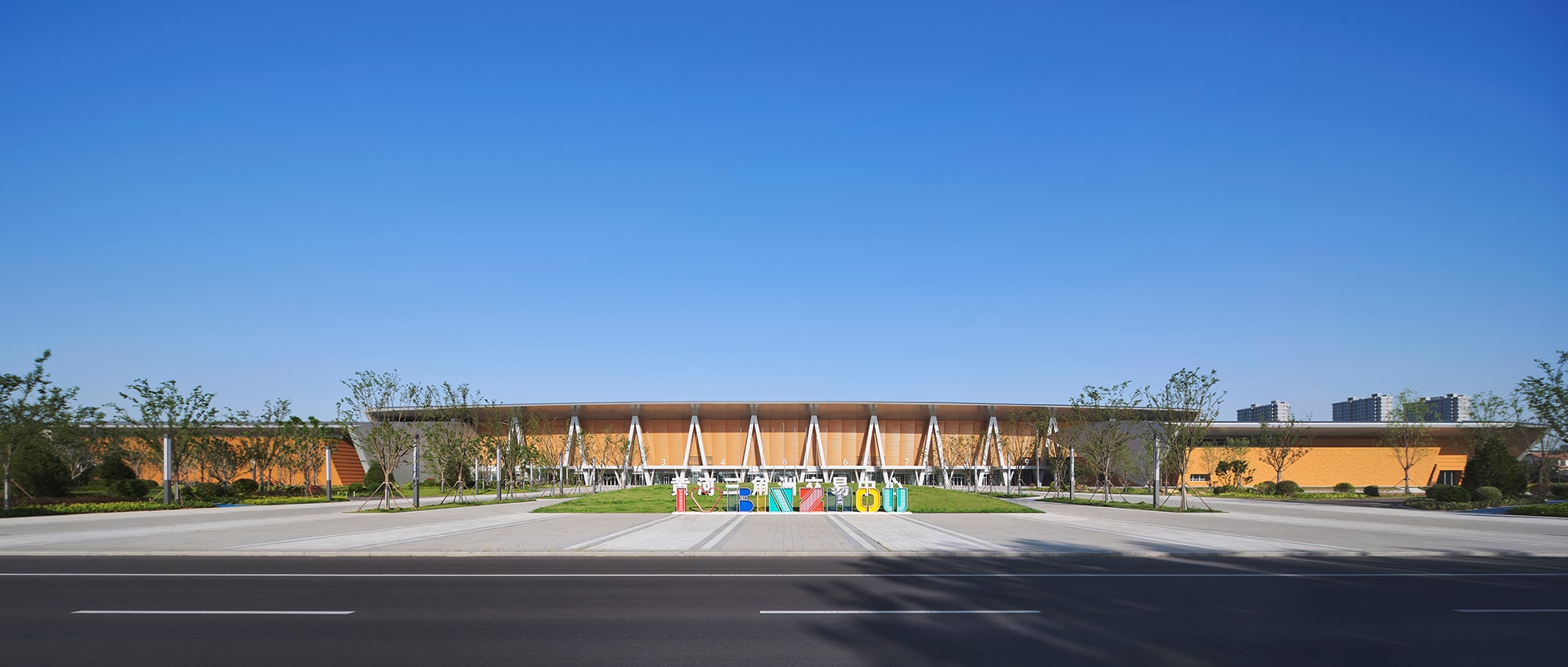- Home
- Articles
- Architectural Portfolio
- Architectral Presentation
- Inspirational Stories
- Architecture News
- Visualization
- BIM Industry
- Facade Design
- Parametric Design
- Career
- Landscape Architecture
- Construction
- Artificial Intelligence
- Sketching
- Design Softwares
- Diagrams
- Writing
- Architectural Tips
- Sustainability
- Courses
- Concept
- Technology
- History & Heritage
- Future of Architecture
- Guides & How-To
- Art & Culture
- Projects
- Interior Design
- Competitions
- Jobs
- Store
- Tools
- More
- Home
- Articles
- Architectural Portfolio
- Architectral Presentation
- Inspirational Stories
- Architecture News
- Visualization
- BIM Industry
- Facade Design
- Parametric Design
- Career
- Landscape Architecture
- Construction
- Artificial Intelligence
- Sketching
- Design Softwares
- Diagrams
- Writing
- Architectural Tips
- Sustainability
- Courses
- Concept
- Technology
- History & Heritage
- Future of Architecture
- Guides & How-To
- Art & Culture
- Projects
- Interior Design
- Competitions
- Jobs
- Store
- Tools
- More
7 Greek Destinations Where Ancient Beauty Meets Everyday Life

Can history feel alive without being in a museum? In Greece, the past doesn’t just linger—it breathes alongside the present. It’s how locals sip coffee beside 2,000-year-old ruins or celebrate weddings near amphitheaters older than cities. Some destinations effortlessly merge myth with daily ritual, where ancient stones and ordinary mornings share the same sunlight. These places aren’t frozen in time—they’re lived in, loved, and full of rhythm. To explore them fully, you’ll want both spontaneity and ease. That’s where a Greece esim comes in handy—letting you roam without limits, stay connected without stress, and dive into the everyday magic wrapped in centuries of story.
Table of Contents
ToggleNafplio Balances Romance With Roots
Nafplio is often called one of Greece’s most romantic cities—not just for its seafront views or Venetian charm. It’s the kind of place where a morning walk leads through cobbled alleys into wide squares surrounded by neoclassical mansions. You’ll pass children playing beside fortress walls and fishermen mending nets beneath centuries-old castles. Locals greet each other by name, and tourists blend into the rhythm instead of disrupting it. The ancient Bourtzi fortress on the sea is a short boat ride away, while the Palamidi steps offer panoramic views and echoes of revolution. It’s a place where history is part of your coffee break.

Delphi Whispers From the Mountains
Once considered the center of the world, Delphi still feels powerful—but without the weight of spectacle. Nestled in the mountains, the ruins of the oracle sit quietly beneath olive groves and warm stone paths. But beyond the UNESCO site is a living town, where you can share meze with locals, listen to stories about village life, and watch the sun set over valleys filled with myth. Delphi’s energy is real. You don’t just visit it—you feel it. And with your Greece esim, you can easily explore nearby mountain trails or look up oral histories while sitting on an ancient step.
Rhodes Holds Time in Its Walls
Rhodes is known for its medieval old town, but the way life continues inside those walls sets it apart. Tourists and locals move through the same gates, stop at the same bakeries, and walk past Crusader relics on their way to school or work. The island’s long history is told in layers—from ancient temples and Byzantine churches to Ottoman baths. But Rhodes isn’t just history—it’s a community. Kids kick soccer balls near castle towers and shopkeepers water plants beside stone columns. It’s a place where the old and new don’t compete—they coexist.
Thessaloniki Mixes Youth With Byzantium
Thessaloniki is Greece’s second city, but it feels first in spirit. The streets buzz with university students, edgy cafés, and music that drifts from basements to rooftops. But turn a corner, and you’re at the Rotunda—a structure older than most countries. Walk five minutes more and pass Roman forums, Ottoman markets, and Byzantine churches. The locals don’t walk past these things—they walk with them. In Thessaloniki, you learn that ancient beauty doesn’t have to be revered in silence—it can dance to modern beats. Whether you’re looking for ruins or record shops, this city gives you both effortlessly.
Chania Glows in Both Stone and Sea
On Crete’s northwestern coast, Chania welcomes you with a harbor lined in Venetian architecture and a rhythm as warm as the sun. The old town is filled with traces of Minoan, Turkish, and Byzantine eras—but it’s also filled with laughter, fresh seafood, and linens hanging out to dry. Locals talk to each other across balconies, and tavernas spill into streets that once guided empires. History is not locked behind glass—it’s walked on, cooked in, and passed through generations. Every step feels like part of something much bigger than you, but never beyond reach.
Ioannina Carries Mystery Over Water
In northwestern Greece, Ioannina sits beside a quiet lake, surrounded by mountains and whispers. Its old town walls hide a mix of Jewish, Christian, and Muslim heritage. The castle isn’t just a backdrop—it’s part of daily walks, student life, and morning markets. The lake itself holds a small island, home to monasteries and local legends. This city doesn’t rush to show off. It waits. And when you take time, its layers unfold—history etched into stone, silversmiths at work, and lakeside cafés that make you feel like you’ve stepped out of time.

Kavala Bridges Ages With Ease
Built like an amphitheater facing the sea, Kavala is one of Greece’s most photogenic cities—yet still surprisingly under-traveled. Roman aqueducts cross overhead while kids ride bikes underneath. Fishing boats bobbed beside Ottoman warehouses turned into galleries and homes. The pace is calm but not sleepy. Every building seems to have a story. The city opens slowly, revealing old tobacco factories now filled with music or modern design. Kavala reminds you that everyday life and ancient beauty don’t have to compete—they can complement each other in the most casual ways.
Final Thoughts
In Greece, beauty doesn’t belong to the past. It lives in the laughter echoing off marble columns, the smell of bread baking beside Byzantine walls, and children playing under mosaics that once dazzled emperors. These destinations prove that history doesn’t need to be framed—it can be felt. When you travel to places where locals and legends share the same space, you don’t just see Greece but live it.
Trained as an architect and seasoned in the editorial trenches, I turn raw design concepts into compelling narratives that resonate beyond studio walls. My work spans in-depth project spotlights, interviews with visionary designers, and analysis pieces that distill complex technical data into accessible insights. Whether polishing copy for publication or generating original features, I draw on years of practice to ensure every sentence captures architecture’s rigor, poetry, and cultural impact—inviting professionals and enthusiasts alike to see the built environment through a sharper, more inspired lens.
Submit your architectural projects
Follow these steps for submission your project. Submission FormLatest Posts
Why Smart Street Lighting Is the Future of Urban Infrastructure
Urban design extends far beyond individual buildings. Architects now shape entire city...
Understanding Section Drawings in Architecture: A Practical Guide
Learn section drawings in architecture: what they are, types, symbols, lineweights, and...
5 Things to Prepare Before Making Financial or Legal Commitments
Are you planning to sign an agreement, invest money, or take an...
Best Resources for Aspiring Architects Today
Architecture schools teach design theory really well. But they often skip the...












Leave a comment